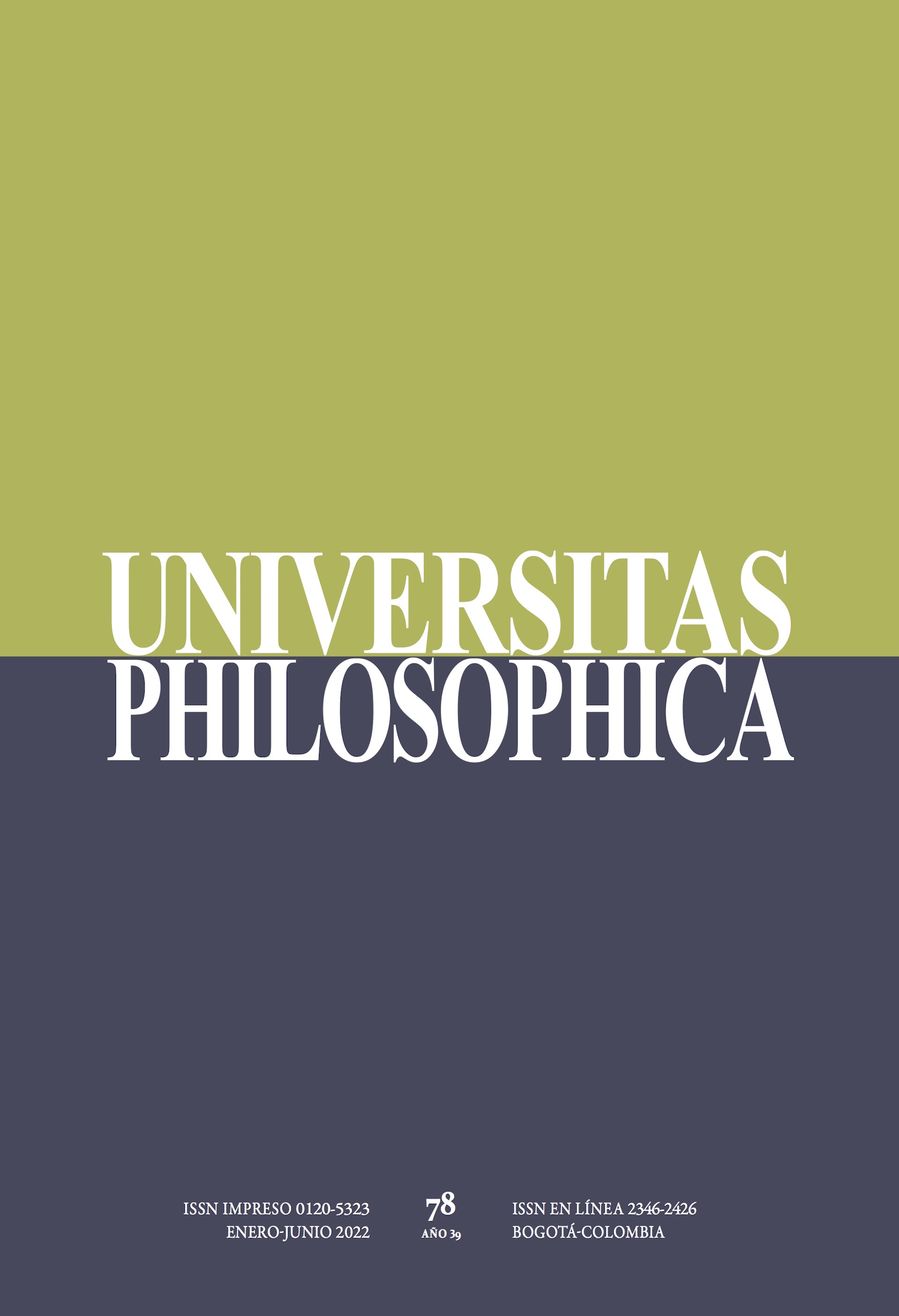Abstract
In this paper I will show how a deconstruction of the body proper from the perspective of tactuality and self-affection (haptocentrism) must be completed by a deconstruction of aptocentrism, that is, the understanding of the body proper as a body I make use of. Both haptocentrism and aptocentrism understand the body proper as that which can be eminently appropriated by the living being, an understanding explicated in the Stoic concept of oikeiosis. Through a reading of Stocisim, Condillac, Maine de Biran, Rosmini, Husserl, Bergson, Marcel, Merleau-Ponty, and Michel Henry, I aim at showing how these different discourses are motivated by the ideal of life as autarchy. Hence, I argue that the idea of self-affection must be interpreted within the broader scheme of living beings as self-appropriated bodies. This paradigm of self-appropriation finds, however, its aporetic place in the body proper, for the body cannot be fully appropriated and represents the element of resistance and expropriation.
Agamben, G. (2017). El uso de los cuerpos (Homo sacer, IV, 2). Adriana Hidalgo.
Aoiz, J. (2012). Oikeísosis y percepción de sí. En Oikeiosis and the Natural Basis of Morality. From Classical Stoicism to Modern Philosophy (pp. 11-36). Georg Olms Verlag.
Aristóteles (2015). Acerca del alma (De Anima). Colihue.
Bénatouïl, T. (2007). Faire usage : la pratique du stoïcisme. Vrin.
Bergson, H. (1963a). Materia y memoria. En Obras escogidas (pp. 225-471). Aguilar.
Bergson, H. (1963b). Pensamiento y movimiento. En Obras escogidas (pp. 1021-1284). Aguilar.
Condillac, M. (1963). Tratado de las sensaciones. Editorial de la Universidad de Buenos Aires.
Derrida, J. (2011). El tocar, Jean-Luc Nancy. Amorrortu.
Derrida, J. (2019). La vie la mort. Séminaire (1975-1976). Seuil.
Descartes, R. (1996). L’Homme. En C. Adam y A. Tannery (Eds.), Œuvres de Descartes (vol. XI; pp. 120-215). Vrin.
Díez Fischer, F. (2021). El tacto de sí como otro. Fundamentos perceptivos de una ética encarnada en la hermenéutica de Paul Ricoeur. Pensando: Revista de Filosofía, 12(26), 4-20. https://repositorio.uca.edu.ar/handle/123456789/12401
Diógenes Laercio (2020). Vida de los filósofos ilustres cínicos y estoicos. Colihue.
Galeno (2010). Del uso de las partes (M. López Salva, Introducción, traducción y notas). Gredos.
Gallagher, S. y Zahavi, D. (2012). The Phenomenological Mind. Routledge.
Grassi, M. (2018). Life as Autarchy: Deconstructing Bio-Theological Paradigm. Science, Religion and Culture, 5(1), 1-12. https://repositorio.uca.edu.ar/handle/123456789/4975
Grassi, M. (2021a). El viviente ensimismado: una aproximación al paradigma de la autarquía en la biología occidental. Franciscanum: Revista de las ciencias del espíritu, 63(176), 1-28. https://doi.org/10.21500/01201468.4993
Grassi, M. (2021b). El organismo vivo, un sí mismo brindado al mundo: entre la fenomenología de Maurice Merleau-Ponty y la biología de Francisco Varela. METIS, Revista Interdisciplinaria de Fenomenología, 1, 46-67. https://repositorio.uca.edu.ar/handle/123456789/12379
Henry, M. (1965). Philosophie et phénoménologie du corps. Presses Universitaires de France.
Henry, M. (2001). Encarnación: una filosofía de la carne. Sígueme.
Hierocles (2009). Elements of Ethics, Fragments, and Excerpts. Bilingual Edition. (I. Ramelli, Intr., D. Konstan, Trad.). Society of Biblical Literature.
Husserl, E. (2005). Ideas relativas a una fenomenología pura y una filosofía fenomenológica II. UNAM-Fondo de Cultura Económica.
Inverso, H. (2017). Más allá de la gnosis griega. El estoicismo y Michel Henry a propósito de la afectividad, la vida y la comunidad. Aufklärung, Revista de Filosofía, 4(1), 37-50. https://dx.doi.org/10.18012/arf.2016.32685
Maine de Biran (1967). Introducción a Nuevos Ensayos de Antropología (1823-1824). En Autobiografía y otros escritos (pp. 63-85). Aguilar.
Marcel, G. (1935). Journal Métaphysique. Gallimard.
Marcel, G. (1947). Être et Avoir. Aubier-Montaigne.
Marcel, G. (1967). Essai de philosophie concrète. Gallimard.
Marcel, G. (1997). Le Mystère de l’être (I) Réflexion et mystère. Association Présence de Gabriel Marcel.
Merleau-Ponty, M. (1957). La estructura del comportamiento. Hachette.
Merleau-Ponty, M. (1984). Fenomenología de la percepción. Planeta-Agostini.
Merleau-Ponty, M. (2006). La unión del alma y el cuerpo en Malebranche, Biran y Bergson. Encuentro.
Rosmini, A. (1941). Nuovo saggio sull’origine delle idee. Gius. Laterza & Figli.
Sciacca, M. F. (1954). El pensamiento filosófico de Rosmini. Luis Miracle.
Séneca (1984). Cartas morales a Lucilio. Orbis.

This work is licensed under a Creative Commons Attribution 4.0 International License.


